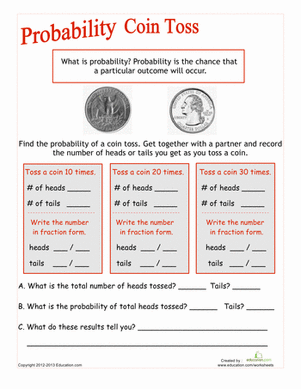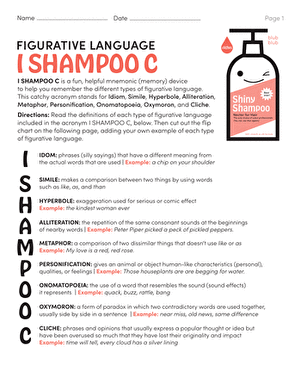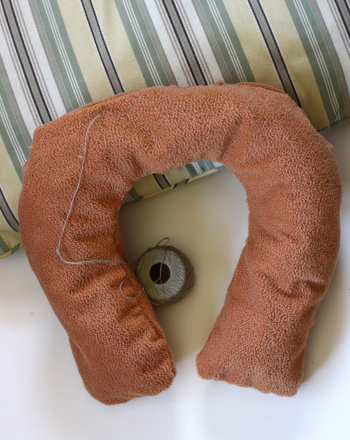Science project
Influencing a Coin Flip
Grade Level: 5th - 8th; Type: Statistics
Objective:
To find out whether the outcome of a coin flip can be influenced by the person flipping the coin.
The purpose of this experiment is to determine first the probability of a coin landing heads or tails and second whether the person flipping a coin can influence the coin to land one way or another.
Research Questions:
- What does it mean, in the study of mathematics, if something is said to be random?
- What is the statistical probability that a coin, when flipped 100 times, will land heads up 100 times?
- What is the statistical probability that a coin, when flipped 100 times, will land heads up 50 times and tails up 50 times?
- What is the statistical probability that a coin, when flipped 100 times, will alternate between heads and tails each time?
- What is a significant statistical deviation?
- How many trials are needed to view statistically significant results?
- How accurate is statistical data?
- How can statistics be used to mislead?
A coin flip has long been used as an impartial determiner. Given a choice between two options, some people turn to the flip of a coin to tell them which option to choose. Coin flips are sometimes even used to determine which sports team will start with possession of the ball, which can give a significant advantage to one team or the other. Though it seems that over a large number of trials a coin will land heads or tails an even number of times, there are some studies that suggest that a coin flip may not be a truly random event. People influence the world around them in many different ways. It may be possible for the person flipping a coin to alter the trajectory of that coin such that it will land on heads or tails more often than probability would predict.
Materials:
- A quarter
- A few willing participants
Experimental Procedure:
- Flip a coin 100 times. Do not attempt to influence the results in any way, just flip the coin, allow it to land on the floor, a table, or another surface and record the results.
- Record the results on a chart such as the one below.
- Flip a coin 100 times, trying to make the coin land heads up. Allow the coin to land on the floor, a table, or another surface.
- Record the results.
- Flip a coin 100 times, trying to make the coin land heads up. Catch the coin in the air and flip it upside-down one more time onto the back of your other hand.
- Record the results.
- Repeat steps 1-6 with other participants. The more trials you perform, the more accurate your results will be.
|
Trial #
|
Attempt to influence?
|
Caught the coin?
|
Heads (keep a running tally)
|
Tails (keep a running tally)
|
|
1 (participant 1)
|
No
|
No
|
|
|
|
2 (participant 1)
|
Yes
|
No
|
|
|
|
3 (participant 1)
|
Yes
|
Yes
|
|
|
|
4 (participant 2)
|
No
|
No
|
|
|
|
5 (participant 2)
|
Yes
|
No
|
|
|
Terms/Concepts: random;probability; statistic; statistical significance; influence results; deviation
References:
Education.com provides the Science Fair Project Ideas for informational purposes only. Education.com does not make any guarantee or representation regarding the Science Fair Project Ideas and is not responsible or liable for any loss or damage, directly or indirectly, caused by your use of such information. By accessing the Science Fair Project Ideas, you waive and renounce any claims against Education.com that arise thereof. In addition, your access to Education.com's website and Science Fair Project Ideas is covered by Education.com's Privacy Policy and site Terms of Use, which include limitations on Education.com's liability.
Warning is hereby given that not all Project Ideas are appropriate for all individuals or in all circumstances. Implementation of any Science Project Idea should be undertaken only in appropriate settings and with appropriate parental or other supervision. Reading and following the safety precautions of all materials used in a project is the sole responsibility of each individual. For further information, consult your state's handbook of Science Safety.













